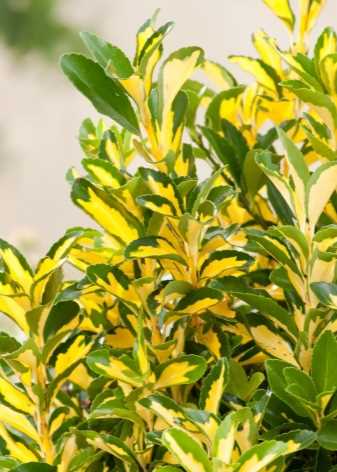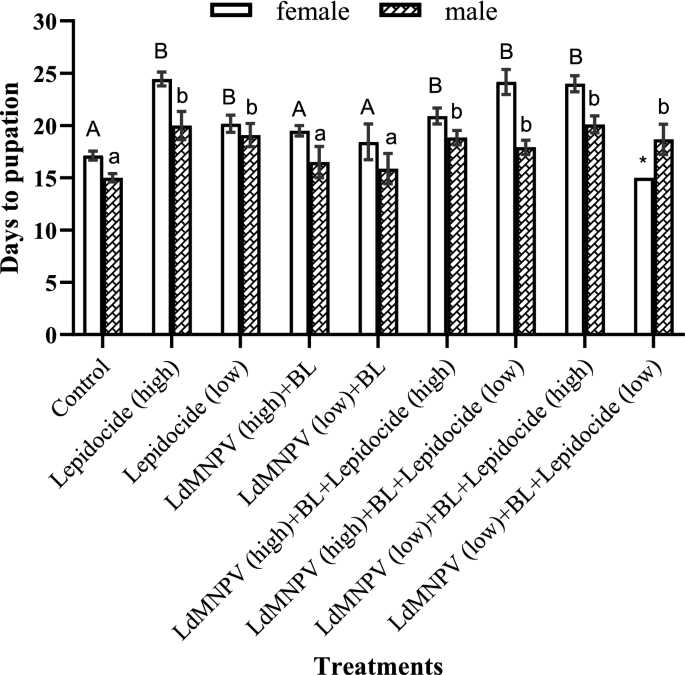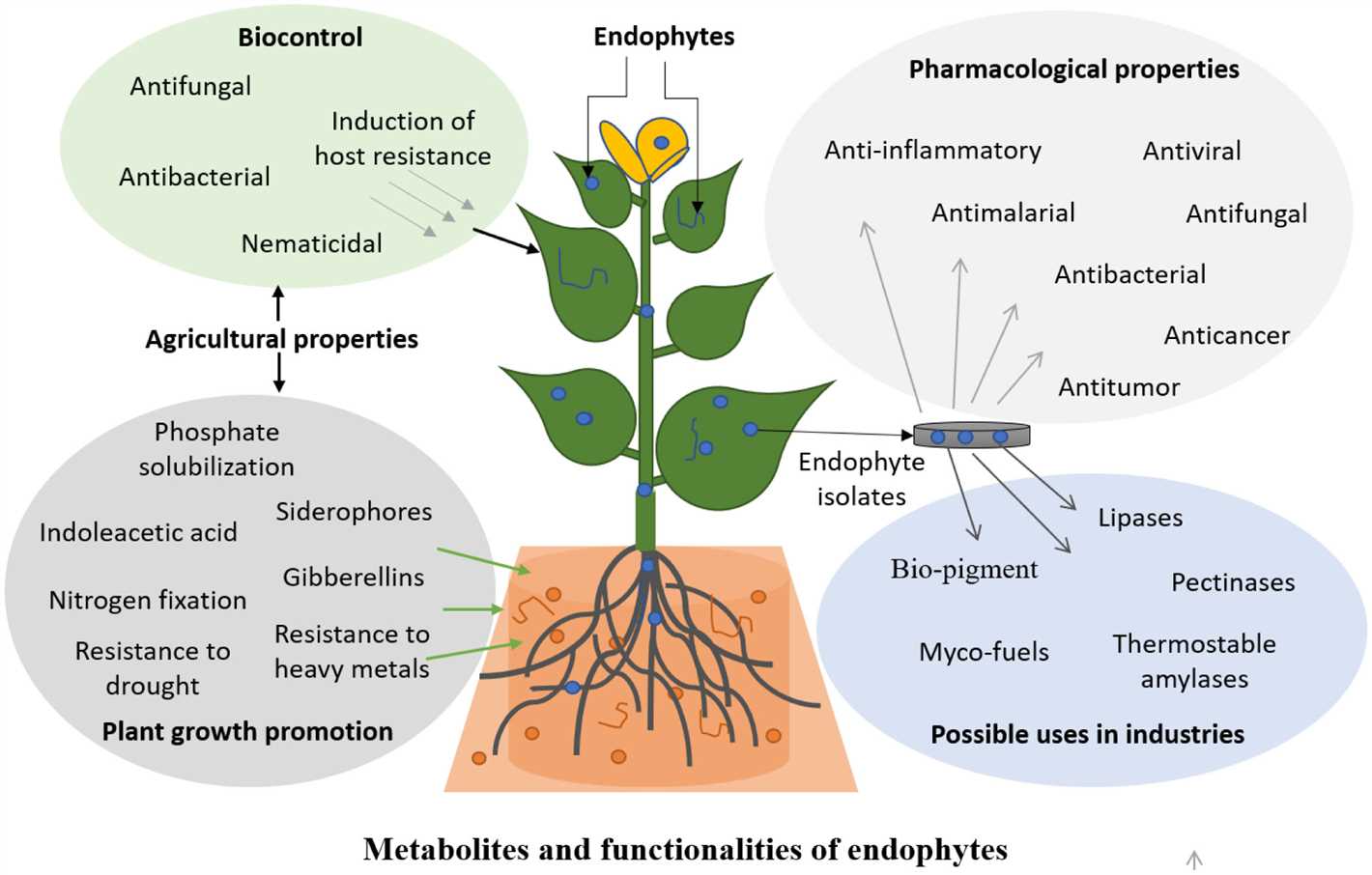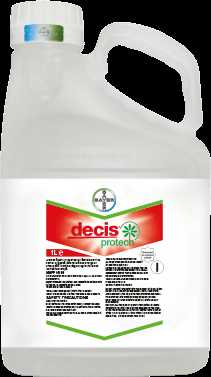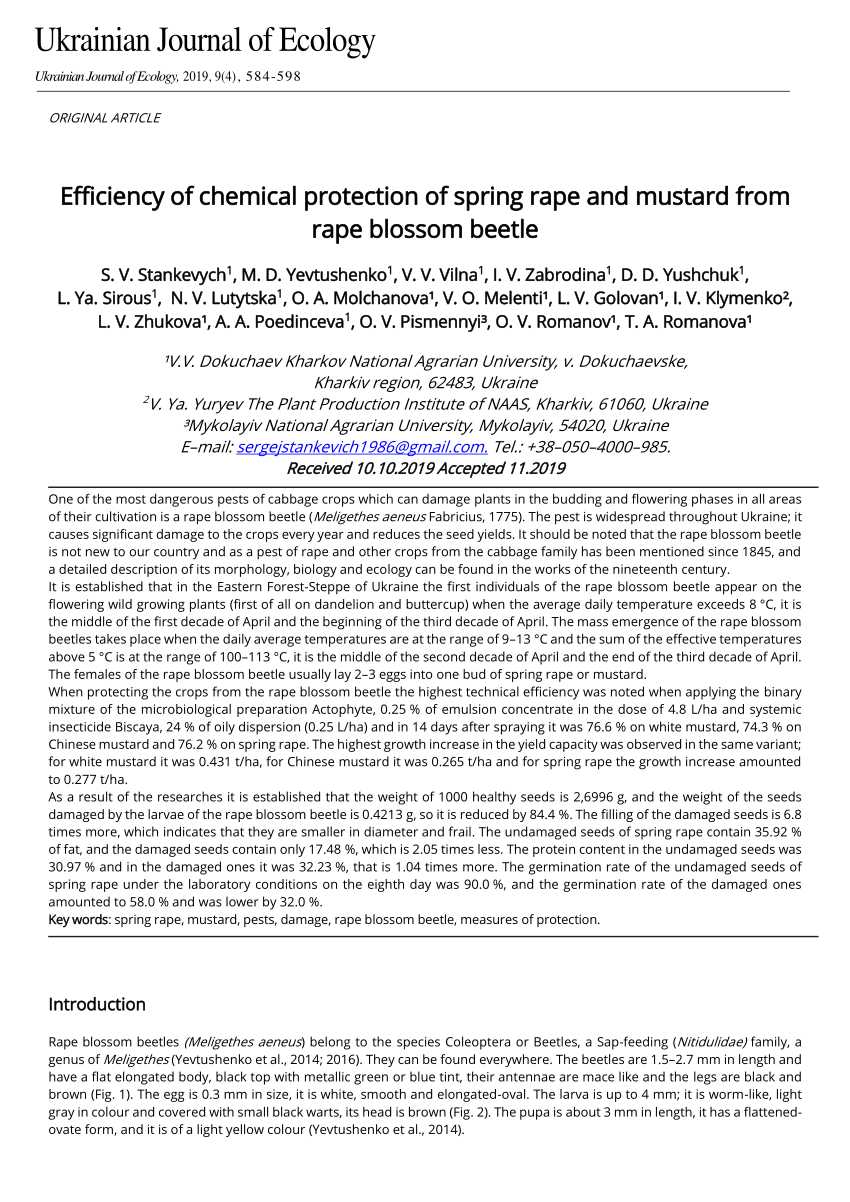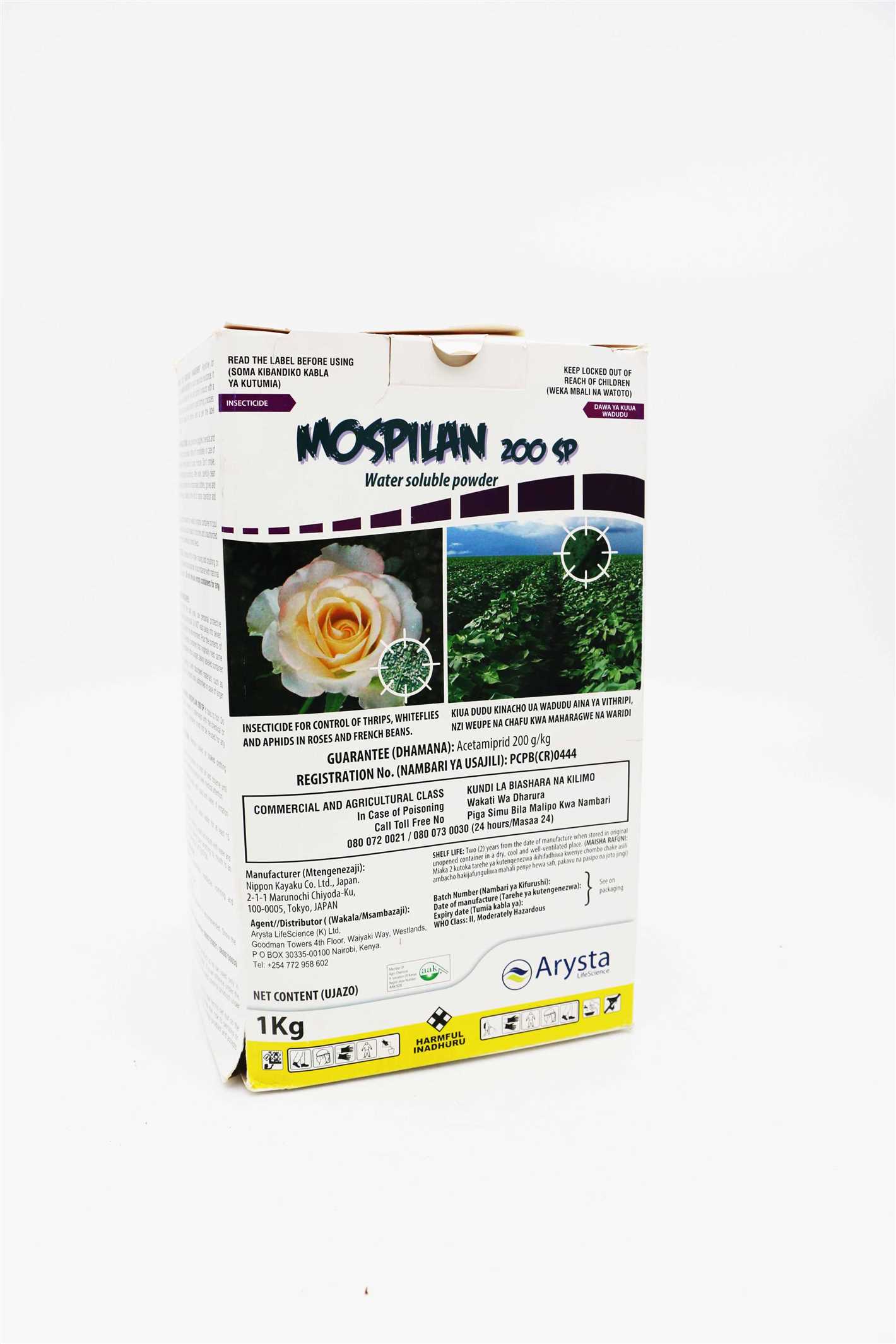- Overview of Fufanon Plant Preparation
- What is Fufanon Plant Preparation?
- How does Fufanon Plant Preparation work?
- How to use Fufanon Plant Preparation?
- Precautions and Safety Measures
- Conclusion
- Understanding Pest Problems
- 1. Identification
- 2. Lifecycle
- 3. Behavior
- 4. Prevention
- 5. Control Methods
- 6. Integrated Pest Management (IPM)
- Types of Pests
- 1. Aphids
- 2. Mealybugs
- 3. Spider Mites
- 4. Scale Insects
- 5. Whiteflies
- 6. Thrips
- 7. Caterpillars
- 8. Snails and Slugs
- Benefits of Using Fufanon Plant Preparation
- 1. Highly effective against pests
- 2. Safe for plants
- 3. Convenient to use
- 4. Long-lasting protection
- 5. Versatile application
- 6. Environmentally friendly
- 7. Cost-effective solution
- How to Apply Fufanon Plant Preparation
- Precautions and Safety Measures
- Tips for Effective Pest Control
- 1. Keep your plants healthy
- 2. Remove plant debris regularly
- 3. Practice proper watering techniques
- 4. Use natural insecticides
- 5. Implement physical barriers
- 6. Encourage beneficial insects
- 7. Rotate crops
- 8. Maintain proper spacing between plants
- 9. Monitor plants regularly
- 10. Remove pests manually
- 11. Use traps and baits
- Frequently Asked Questions
- 1. What is Fufanon Plant Preparation?
- 2. How does Fufanon Plant Preparation work?
- 3. Is Fufanon Plant Preparation safe for plants?
- 4. How often should I apply Fufanon Plant Preparation?
- 5. Can Fufanon Plant Preparation be used on edible plants?
- 6. Can Fufanon Plant Preparation be used indoors?
- 7. Is Fufanon Plant Preparation harmful to bees and other beneficial insects?
- 8. Can Fufanon Plant Preparation be used on sensitive plants?
- 9. Can Fufanon Plant Preparation be used in combination with other pesticides?
- 10. Is Fufanon Plant Preparation harmful to humans?
- Q&A:
- What is Fufanon plant preparation?
- How does Fufanon plant preparation work?
- Is Fufanon plant preparation safe to use?
- Can Fufanon plant preparation be used on all types of plants?
- How often should Fufanon plant preparation be applied?
- Are there any alternative pest control methods to Fufanon plant preparation?
- Video: How to make Homemade Pesticide to Control Aphids and White flies.
Keeping your plants healthy and pest-free is an essential part of gardening. However, dealing with pests can be a challenging task. Fortunately, Fufanon plant preparation is here to help. Fufanon is a powerful pest control product that is effective against a wide range of pests, such as aphids, mites, whiteflies, and leafhoppers.
When using Fufanon, it is important to follow the instructions carefully to ensure its maximum effectiveness. Start by diluting the concentrate with water according to the recommended ratio. The diluted solution can then be applied to the affected plants using a sprayer or a watering can. Remember to thoroughly cover both the upper and lower surfaces of the leaves, as pests tend to hide on the undersides.
After applying Fufanon, it is important to monitor your plants closely for any signs of improvement or persistence of pests. If necessary, repeat the application after the recommended interval. Additionally, it is advisable to use Fufanon as a preventive measure, especially during the peak pest seasons, as it can help to keep your plants protected and healthy.
In conclusion, Fufanon plant preparation is a reliable and effective solution for pest control in your garden. With proper application and regular monitoring, it can help you keep your plants thriving and free from pesky invaders. So, say goodbye to pests and hello to healthier, more vibrant plants with Fufanon!
Overview of Fufanon Plant Preparation
Fufanon Plant Preparation is a highly effective solution for pest control in plants. It is a trusted brand that has been used by gardeners and plant enthusiasts for many years. This guide aims to provide an overview of Fufanon Plant Preparation and how it can be used for effective pest control.
What is Fufanon Plant Preparation?
Fufanon Plant Preparation is a pesticide solution that is specifically formulated to target and eliminate pests that commonly infest plants. It contains an active ingredient called malathion, which is a broad-spectrum insecticide that effectively kills a wide range of garden pests.
How does Fufanon Plant Preparation work?
When applied to plants, Fufanon Plant Preparation penetrates the tissues and leaves a residual effect. This means that it continues to protect plants from pests for an extended period of time, even after the initial application. The active ingredient malathion works by interfering with the nervous system of pests, ultimately causing their death.
How to use Fufanon Plant Preparation?
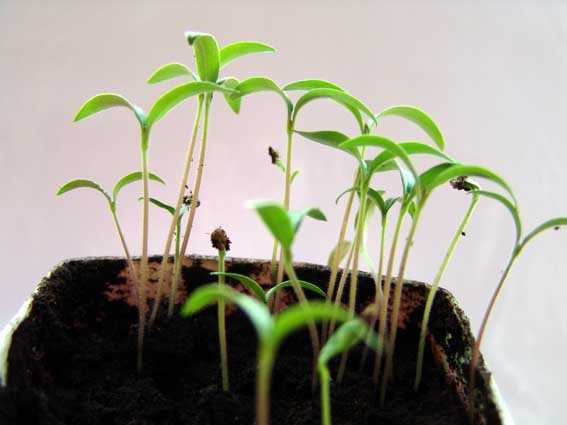
To use Fufanon Plant Preparation, follow these steps:
- Prepare a solution by diluting the Fufanon Plant Preparation with water according to the instructions on the label.
- Transfer the solution to a sprayer or a watering can, depending on the size of your plants and the extent of the pest infestation.
- Apply the solution evenly to the leaves, stems, and other parts of the plants that are affected by pests.
- Repeat the application as necessary, following the recommended intervals for reapplication.
Precautions and Safety Measures
While Fufanon Plant Preparation is effective in controlling pests, it is crucial to follow the safety measures and precautions to ensure the well-being of yourself and your plants. Here are some important precautions:
- Wear protective clothing, including gloves and a mask, to avoid direct contact with the solution.
- Do not use Fufanon Plant Preparation on edible plants that are meant for consumption.
- Keep children and pets away from treated plants until the solution has dried completely.
- Store Fufanon Plant Preparation in a cool, dry place, away from direct sunlight and sources of heat.
Conclusion
Fufanon Plant Preparation is a reliable and effective solution for pest control in plants. It provides long-lasting protection against common garden pests and is easy to use. However, it is important to follow the instructions and safety measures to ensure the best results and minimize any potential risks. By using Fufanon Plant Preparation, you can keep your plants healthy and thriving, free from the harmful effects of pests.
Understanding Pest Problems
Pest problems can cause significant damage to plants and can greatly hinder your gardening efforts. It is important to have a good understanding of common pests and their behavior in order to effectively prevent and control pest infestations. Here are some key points to understand about pest problems:
1. Identification
The first step in dealing with pest problems is identifying the pests that are causing the damage. This can be done by closely examining the plants and looking for signs such as chewed leaves, holes, webs, or insect activity. Once the pests are identified, it becomes easier to implement the appropriate control measures.
2. Lifecycle
Understanding the lifecycle of pests is crucial for effective pest control. Pests go through different stages of development, from eggs to larvae, pupae, and adults. By knowing the lifecycle of a pest, you can target the vulnerable stages and apply control measures at the right time.
3. Behavior
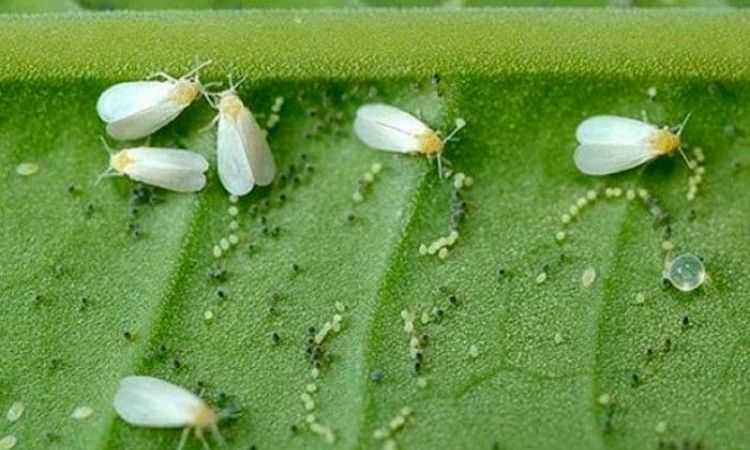
Pests have different feeding habits and behaviors. Some pests feed on leaves, while others attack the roots or fruits. Some pests are active during the day, while others are more active at night. Understanding the behavior of pests helps in implementing control strategies that specifically target their feeding or breeding habits.
4. Prevention
Preventing pest problems is always better than dealing with an infestation. By implementing good gardening practices such as proper sanitation, regular inspection, and removing weeds and debris, you can significantly reduce the risk of pests. Physical barriers like nets and fences can also help prevent pests from reaching your plants.
5. Control Methods
When prevention methods are not enough and pests have already infested your plants, it is important to implement control measures. There are various methods for controlling pests, including biological control (using natural predators or parasites), chemical control (using pesticides), and cultural control (changing gardening practices to discourage pests).
6. Integrated Pest Management (IPM)
Integrated Pest Management (IPM) is a holistic approach to pest control that combines multiple control methods to minimize the use of pesticides. IPM focuses on preventing pest problems, monitoring pest populations, and using the least toxic control methods when necessary. Implementing IPM can help maintain a healthy balance between pests and beneficial insects in your garden.
By understanding these key points about pest problems, you will be better equipped to prevent and control pests in your garden. Regular monitoring, proper identification, and timely intervention are the keys to maintaining a pest-free and healthy garden.
Types of Pests
Pests can pose a significant threat to your Fufanon plants. It’s important to identify and understand the different types of pests that can infest your plants, so you can take appropriate measures to control them effectively.
1. Aphids
Aphids are small, soft-bodied insects that feed on the sap of plants. They can cause damage by sucking out plant juices, leading to stunted growth and distorted leaves. Look out for clusters of tiny, pear-shaped insects on the leaves, stems, and buds of your Fufanon plants.
2. Mealybugs
Mealybugs are small, white, cottony insects that can infest Fufanon plants. They feed by sucking sap from plant tissues, weakening the plants and leaving behind a sticky honeydew residue. Look for white, cotton-like masses on the leaves and stems of your plants.
3. Spider Mites
Spider mites are tiny pests that belong to the arachnid family. They feed on the sap of plants, causing yellowing and curling of leaves. Webbing may also be present on the undersides of leaves. Look for tiny, speck-like mites on the leaves and examine the leaves closely for any signs of webbing.
4. Scale Insects
Scale insects are small, immobile pests that have a protective shell-like covering. They suck sap from plant tissues, leading to yellowing and wilting of leaves. Look out for small, oval-shaped bumps or scales on the stems, leaves, and fruits of your Fufanon plants.
5. Whiteflies
Whiteflies are small, white insects that resemble tiny moths. They feed on the sap of plants and can cause yellowing and wilting of leaves. Look for tiny, white insects flying around your plants, especially when disturbed.
6. Thrips
Thrips are tiny, slender insects that often go unnoticed due to their small size. They feed by piercing and sucking plant tissues, causing silverish streaks on leaves and buds. Look for tiny, elongated insects on the undersides of leaves.
7. Caterpillars
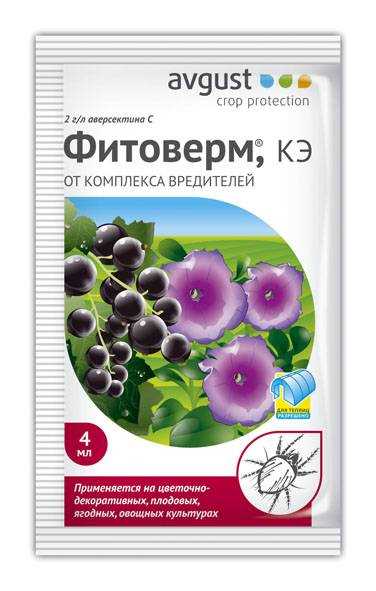
Caterpillars are the larval stage of butterflies and moths. They can cause damage by feeding on the leaves and stems of Fufanon plants. Look for chewed leaves, frass (droppings) on the ground, and the presence of caterpillars on your plants.
8. Snails and Slugs
Snails and slugs are common garden pests that feed on the foliage of plants. Their feeding activity can result in irregular holes and chew marks on the leaves of Fufanon plants. Look for slime trails and the presence of snails or slugs in your garden.
| Pest | Characteristics |
|---|---|
| Aphids | Small, pear-shaped insects found in clusters on leaves, stems, and buds. |
| Mealybugs | Small, white, cottony insects found on leaves and stems, leaving behind a sticky residue. |
| Spider Mites | Tiny mites that cause yellowing and webbing on the undersides of leaves. |
| Scale Insects | Small, immobile insects with a protective shell-like covering found on stems, leaves, and fruits. |
| Whiteflies | Small, white insects resembling tiny moths flying around plants when disturbed. |
| Thrips | Tiny, elongated insects causing silverish streaks on leaves and buds. |
| Caterpillars | The larval stage of butterflies and moths, causing leaf and stem damage. |
| Snails and Slugs | Pests that leave slime trails and chew marks on plant foliage. |
Benefits of Using Fufanon Plant Preparation
Fufanon Plant Preparation offers a wide range of benefits when it comes to effective pest control. Here are some of the key advantages of using this product:
1. Highly effective against pests
Fufanon Plant Preparation is specifically formulated to target and eliminate a variety of pests that can harm your plants. It is highly effective against insects such as aphids, spider mites, mealybugs, whiteflies, and scale insects. By using this preparation, you can effectively control pest infestations and protect your plants from damage.
2. Safe for plants
One of the major advantages of using Fufanon Plant Preparation is that it is safe for plants. It is specially designed to provide effective pest control without causing harm to your plants. The carefully selected ingredients in this preparation work to eliminate pests while maintaining the health and vitality of your plants.
3. Convenient to use
Fufanon Plant Preparation comes in an easy-to-use formulation that makes application a breeze. It can be easily mixed and sprayed onto your plants, ensuring thorough coverage and maximum effectiveness. The convenient packaging allows for easy storage and transportation, making it a convenient choice for both indoor and outdoor gardening.
4. Long-lasting protection
When you use Fufanon Plant Preparation, you can expect long-lasting protection against pests. This preparation leaves a residual effect on treated plants, which continues to repel pests even after the initial application. This provides ongoing protection for your plants, reducing the risk of future infestations.
5. Versatile application
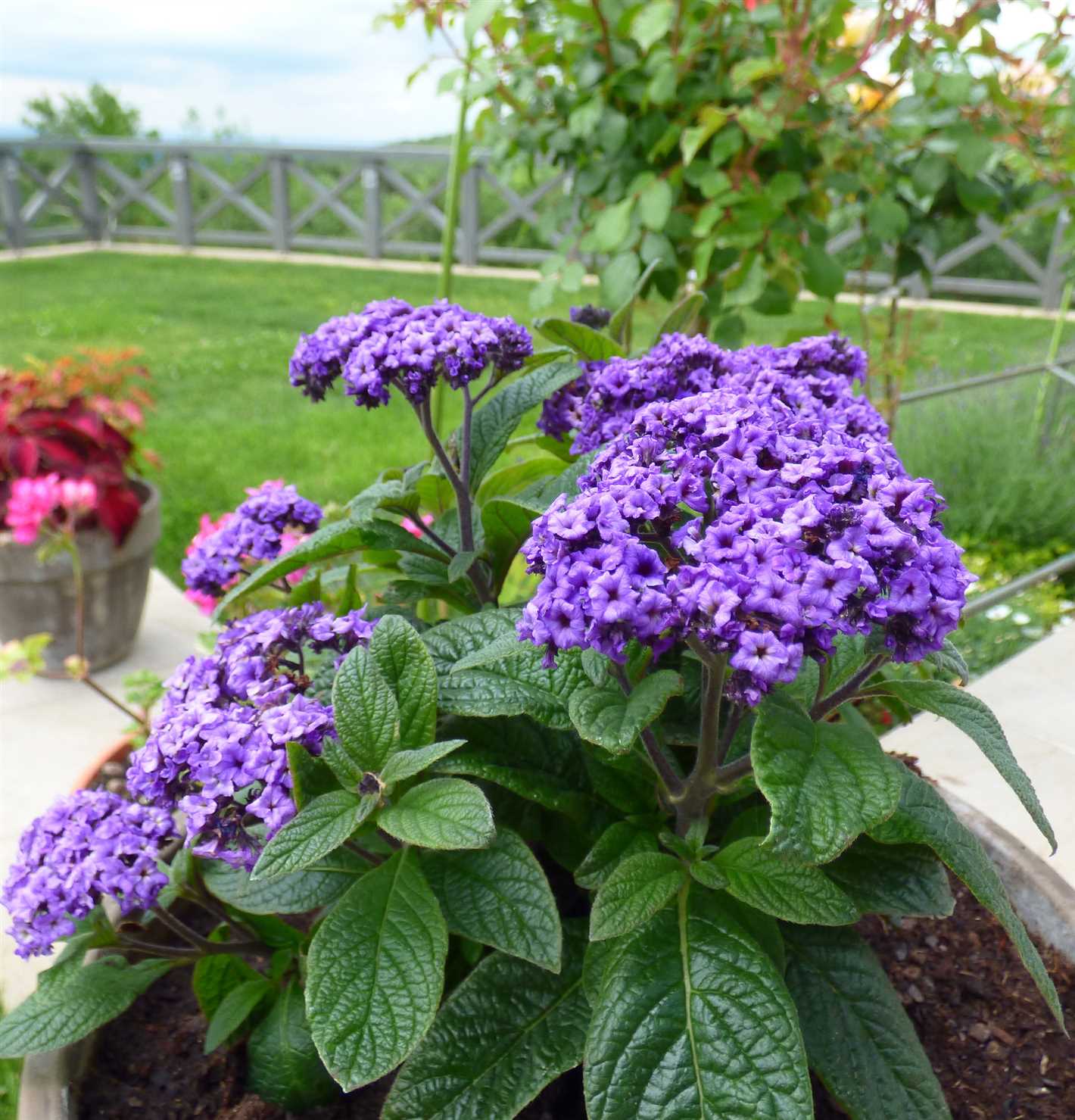
Fufanon Plant Preparation can be used on a wide range of plants, including ornamental plants, fruit trees, vegetables, and herbs. Whether you have a small home garden or a large agricultural field, this product can be effectively used to combat pests and protect your plants.
6. Environmentally friendly
This preparation is designed to be environmentally friendly, as it breaks down naturally without leaving harmful residues. It is a responsible choice for gardeners who want to protect their plants while minimizing their impact on the environment.
7. Cost-effective solution
Using Fufanon Plant Preparation offers a cost-effective solution for pest control. With just a small amount of this preparation, you can effectively combat pests and prevent damage to your plants. This can help save money on potential losses due to pest infestations and unnecessary pesticide treatments.
Overall, Fufanon Plant Preparation provides a range of benefits for effective pest control. Its effectiveness, safety, convenience, long-lasting protection, versatility, environmental friendliness, and cost-effectiveness make it a reliable choice for gardeners and farmers alike.
How to Apply Fufanon Plant Preparation

If you are experiencing pest issues in your plants, Fufanon Plant Preparation can be an effective solution. Here is a step-by-step guide on how to properly apply it:
- Choose the right time: The best time to apply Fufanon Plant Preparation is early in the morning or late in the evening when the temperature is cooler. Avoid applying the product during the hottest part of the day to prevent evaporation and damage to the plants.
- Prepare the mixture: Follow the instructions on the product label to prepare the correct mixture. Generally, you will need to dilute a specific amount of Fufanon Plant Preparation with water in a sprayer or watering can.
- Wear protective gear: Before handling the product, make sure to wear appropriate protective gear such as gloves, goggles, and a face mask to avoid any skin or eye irritations.
- Test on a small area: Before applying the product to the entire plant, test it on a small inconspicuous area to check for any adverse reactions. If there are no negative effects after a few days, you can proceed with the full application.
- Spray evenly: Start by spraying the Fufanon Plant Preparation on the leaves, stems, and other affected areas of the plant. Make sure to cover all surfaces, including the undersides of leaves where pests may hide.
- Reapply if necessary: Depending on the severity of the pest infestation, you may need to reapply Fufanon Plant Preparation after a certain period of time. Check the product label or consult with a gardening professional for specific instructions on reapplication.
- Clean up and store: After applying the product, clean the sprayer or watering can thoroughly to remove any residue. Store the Fufanon Plant Preparation in a cool, dry place away from direct sunlight.
Following these steps will help ensure that the Fufanon Plant Preparation is applied correctly and maximizes its effectiveness in controlling pests on your plants. Remember to always read and follow the product label for specific instructions and safety guidelines.
Precautions and Safety Measures
While using Fufanon Plant Preparation for pest control, it is important to follow certain precautions and safety measures to ensure the well-being of both yourself and the plants. Here are some guidelines to keep in mind:
Protective Clothing: Always wear appropriate protective clothing such as long-sleeved shirts, long pants, gloves, and goggles to prevent any contact with the preparation.
Avoid Inhalation and Contact: Avoid breathing in the fumes of Fufanon Plant Preparation as it may cause respiratory irritation. Additionally, avoid direct contact with skin or eyes.
Ventilation: Ensure proper ventilation in the area where the preparation is being used. It is best to apply the product outdoors or in well-ventilated spaces to minimize exposure to fumes.
Mixing and Storage: Follow the manufacturer’s instructions for mixing the preparation and store it in its original container. Keep it out of reach of children and pets.
Do Not Apply on Edible Plants: Fufanon Plant Preparation is not safe to use on plants that bear edible fruits or vegetables. Avoid using it on such plants to prevent any potential risks of contamination.
Timing: Apply the preparation during the recommended time of day and weather conditions. Avoid application during windy or rainy days as it may lead to ineffective pest control or product runoff.
Clean Up: After applying Fufanon Plant Preparation, thoroughly clean any equipment used, such as sprayers or measuring cups, with water and detergent. Dispose of any excess preparation or empty containers according to local regulations.
Read the Label: Always read and follow the instructions provided on the product label. It contains important information regarding dosage, application methods, and safety precautions specific to Fufanon Plant Preparation.
By adhering to these precautions and safety measures, you can effectively control pests on your plants while ensuring your own safety and the health of your garden.
Tips for Effective Pest Control
- Keep your plants healthy
- Remove plant debris regularly
- Practice proper watering techniques
- Use natural insecticides
- Implement physical barriers
- Encourage beneficial insects
- Rotate crops
- Maintain proper spacing between plants
- Monitor plants regularly
- Remove pests manually
- Use traps and baits
When it comes to effectively controlling pests in your garden or indoor plants, there are several key tips to keep in mind. By following these practices, you can minimize the damage caused by pests and maintain healthy plants.
1. Keep your plants healthy
Healthy plants are less susceptible to pest infestations. Provide them with proper soil, water, sunlight, and nutrients to promote overall plant health.
2. Remove plant debris regularly
Dead leaves, fallen fruits, and other plant debris can attract pests. Remove them regularly to maintain a clean and pest-free environment.
3. Practice proper watering techniques
Overwatering can create an ideal breeding ground for pests, while underwatering weakens plants and makes them more vulnerable. Water your plants appropriately based on their individual needs.
4. Use natural insecticides
Avoid using harsh chemical insecticides that can harm beneficial insects and the environment. Instead, opt for natural alternatives like neem oil, garlic spray, or insecticidal soap.
5. Implement physical barriers
Use physical barriers like row covers or netting to prevent pests from reaching your plants. This is particularly effective for protecting crops from flying insects.
6. Encourage beneficial insects
Beneficial insects, such as ladybugs and lacewings, prey on pests and help control their population. Plant flowers and herbs that attract these beneficial insects and provide them with a habitat.
7. Rotate crops
Rotate your crops each year to disrupt pest life cycles. This prevents pests from building up in the soil and reduces the risk of recurring infestations.
8. Maintain proper spacing between plants
Proper spacing between plants allows for air circulation and reduces the likelihood of pest infestations. The increased airflow helps prevent the spread of diseases as well.
9. Monitor plants regularly
Regularly inspect your plants for signs of pests. Early detection allows for prompt action and minimizes the potential damage caused by pests.
10. Remove pests manually
If you spot pests on your plants, manually remove them by hand or with the help of tools like tweezers. This approach works well for larger insects and caterpillars.
11. Use traps and baits
Deploy traps and baits to attract and capture pests. Sticky traps, pheromone traps, and beer traps can be effective in reducing pest populations.
By incorporating these tips into your pest control routine, you can create a healthy and thriving environment for your plants while minimizing the impact of pests.
Frequently Asked Questions
1. What is Fufanon Plant Preparation?
Fufanon Plant Preparation is a highly effective pesticide that is used for controlling pests on plants. It is specially formulated to kill a wide range of insects and mites, including aphids, scales, whiteflies, mealybugs, and spider mites. Fufanon Plant Preparation is safe to use on both indoor and outdoor plants, and it can be applied as a spray or a drench.
2. How does Fufanon Plant Preparation work?
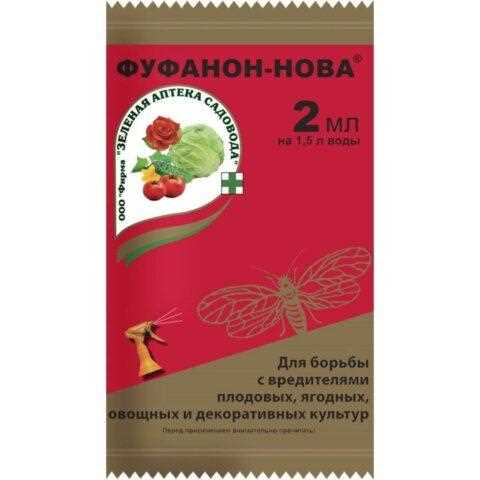
Fufanon Plant Preparation contains an active ingredient called chlorpyrifos, which is a powerful insecticide. When applied to plants, it penetrates the pests’ bodies and disrupts their nervous system, causing paralysis and eventually death. It also acts as a repellent, keeping new insects away from the plants, and has a residual effect that provides protection for up to two weeks.
3. Is Fufanon Plant Preparation safe for plants?
Yes, Fufanon Plant Preparation is safe for most plants when used according to the instructions. However, some sensitive plants may be more susceptible to damage, so it’s always a good idea to test a small area of the plant before applying it to the whole plant. If any adverse effects are observed, discontinue use immediately.
4. How often should I apply Fufanon Plant Preparation?
The frequency of application depends on the severity of the pest infestation and the type of plants being treated. In general, it is recommended to apply Fufanon Plant Preparation every 7-14 days or as needed. Be sure to read and follow the instructions on the product label for specific guidelines on application rates and timing.
5. Can Fufanon Plant Preparation be used on edible plants?
No, Fufanon Plant Preparation should not be used on plants that are intended for human consumption. The active ingredient, chlorpyrifos, is classified as a moderately hazardous pesticide, and it may leave residues on the plants that can be harmful if ingested. It is important to use alternative pest control methods on edible plants to ensure their safety.
6. Can Fufanon Plant Preparation be used indoors?
Yes, Fufanon Plant Preparation can be used indoors, but it is important to take precautions to protect yourself and others from exposure to the pesticide. Use gloves, a mask, and eye protection when applying the product indoors, and make sure the area is well-ventilated. Avoid spraying near food preparation areas and keep children and pets away from treated plants.
7. Is Fufanon Plant Preparation harmful to bees and other beneficial insects?
Yes, Fufanon Plant Preparation is toxic to bees and other beneficial insects. It is important to avoid spraying the product directly on flowers or when bees are actively foraging. If possible, apply the product in the early morning or late evening when bees are less active. Alternatively, use alternative methods of pest control that are safe for beneficial insects.
8. Can Fufanon Plant Preparation be used on sensitive plants?
Some plants, particularly those with soft foliage or new growth, may be more sensitive to Fufanon Plant Preparation and may be more likely to suffer damage. It is always recommended to test a small area of the plant before applying the product to the entire plant. If any adverse effects are observed, discontinue use immediately.
9. Can Fufanon Plant Preparation be used in combination with other pesticides?
Fufanon Plant Preparation can be used in combination with some other pesticides, but it is important to read and follow the instructions on the product label. Mixing pesticides without proper knowledge and guidance can be dangerous and ineffective. It is always recommended to consult with a professional or contact the manufacturer for specific recommendations on pesticide compatibility.
10. Is Fufanon Plant Preparation harmful to humans?
Fufanon Plant Preparation can be harmful if it comes into contact with the skin, eyes, or if it is ingested. It is important to wear protective clothing, gloves, and eye protection when handling the product, and to avoid breathing in the spray mist. If any adverse effects are experienced after exposure, seek medical attention immediately.
Q&A:
What is Fufanon plant preparation?
Fufanon plant preparation is a type of pesticide that is commonly used to control pests on plants. It contains an active ingredient called malathion, which is effective in killing a wide range of insects such as aphids, mealybugs, and scale insects.
How does Fufanon plant preparation work?
Fufanon plant preparation works by penetrating the exoskeleton of insects and interfering with their nervous system. This causes paralysis and eventually leads to their death. It also acts as a stomach poison, meaning that insects ingest it when they feed on the treated plants.
Is Fufanon plant preparation safe to use?
Fufanon plant preparation should be used with caution as it is a chemical pesticide. It is important to read and follow the instructions on the product label carefully. It is recommended to wear protective clothing and avoid contact with skin, eyes, and mouth. It is also advisable to keep children and pets away from the treated area until the product has dried.
Can Fufanon plant preparation be used on all types of plants?
Fufanon plant preparation can be used on a wide range of plants, including fruits, vegetables, ornamentals, and trees. However, it is important to check the label for specific instructions and precautions, as some plants may be more sensitive to the pesticide. It is also advisable to do a small patch test before treating the entire plant.
How often should Fufanon plant preparation be applied?
The frequency of application depends on the severity of the pest infestation and the type of plant being treated. In general, it is recommended to apply Fufanon plant preparation every 7-14 days or as directed on the product label. It is important to monitor the plants regularly and reapply the pesticide if necessary.
Are there any alternative pest control methods to Fufanon plant preparation?
Yes, there are several alternative pest control methods that can be used in combination with or instead of Fufanon plant preparation. These include biological control methods such as introducing beneficial insects, cultural practices like proper watering and pruning, and organic pesticides made from natural ingredients. It is important to choose the method that is most suitable for your specific pest problem and plant type.
